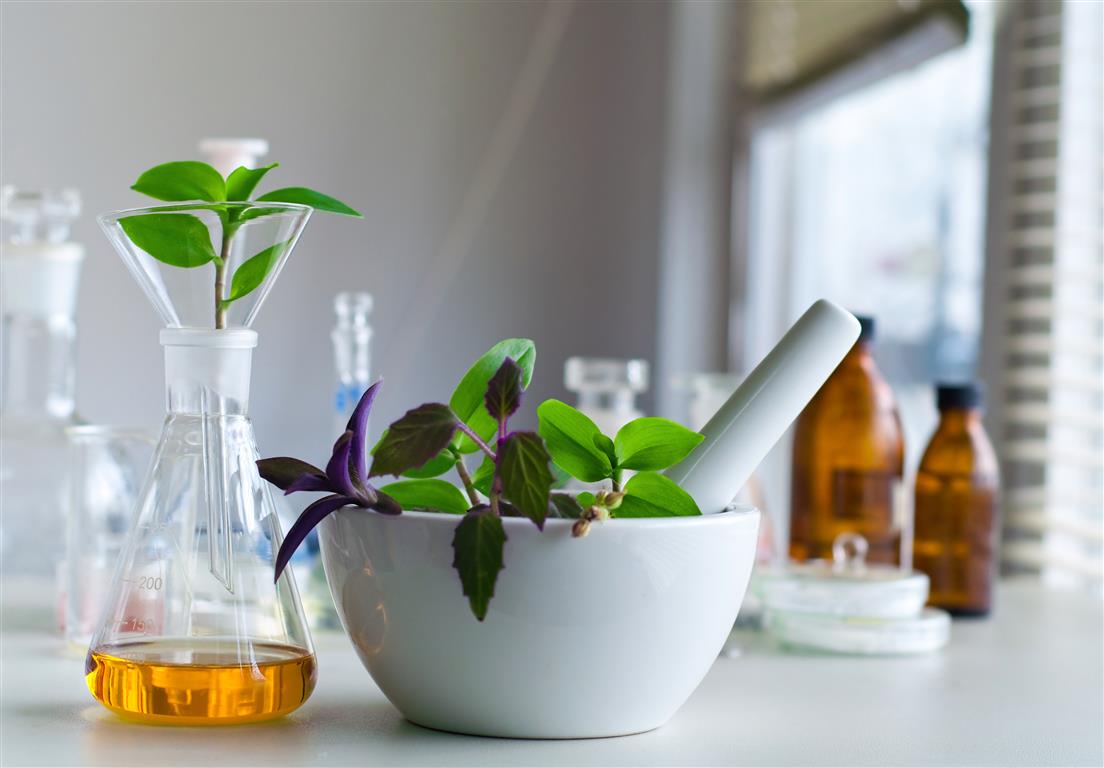Rethinking Weeds Article Index

Rethinking Weeds: Dandelion
Dandelion for bloating, digestion and detoxification
Taraxacum officinale; a culinary staple in Europe for hundreds of years, with medicinal usage dating back to 10th century in Arab culture for liver & digestive ailments. Now considered a common ‘weed’ throughout much of the world, dandelion is not to be confused with Cats ears or false dandelion, which is covered with simple hairs and grows flat to the ground with several flowers, whereas True dandelion only has one flower.
Traditionally the leaves have been used for their diuretic action supporting kidney function. This was supported by one study which found a significant increase in the frequency of urination in the 5 hours after the first dose. Whereas the root has traditionally been used to support liver and gallbladder function, such as to stimulate the appetite and detoxification processes, assist digestive complaints and mild constipation.
A 2020 scientific review found dandelion had an anti-obesity effect via several mechanisms including lipid metabolism, reduction of liver inflammation/oxidation and improvement of insulin resistance. Another 2021 review of dandelions effect on human health examined 54 studies and found 12 medicinal properties found in scientific literature namely diuretic, hepatoprotective, anticolitis, immunoprotective, antiviral, antifungal, antibacterial, antiarthritic, antidiabetic, antiobesity, antioxidant and anticancer effects. These require further human studies to understand these further.
Dandelion can be used as a tea or added to salads, smoothies, juices omelettes, fritters or flowers dipped in batter. The roots can be roasted and ground for non-caffeine coffee substitute. The leaves are highly nutritious vitamins and minerals particularly iron & B vitamins.
Dandelion Orange Salad (Isabell Shipard)
1 teaspoon orange rind
1 teaspoon grated fresh ginger
½ cup orange juice
3 tablespoons olive juice
2 tablespoons soy sauce
1 clove crushed garlic
Mix together with 4 handfuls of dandelion leaves & serve
BOOK AN APPOINTMENT ONLINE FOR YOUR INDIVIDUALLY TAILORED & CORRECTLY DOSED PRESCRIPTION OF ‘PRACTITIONER ONLY’ QUALITY HERBALS.
This information is intended for educational purposes only. Please consult a health care provider before pursuing any herbal treatments. Herbs can interact with pharmaceutical medications. References available on request.

Rethinking Weeds: Gotu Kola (Centella Asiatica)
Gotu Kola for Arthritis, Skin Conditions & Brain function
Gotu Kola (GK), also known as pennywort and not to be confused with Australian Native violet (Viola Hederacea), is commonly seen in lawns and gardens throughout Australia. It is traditionally used in natural medicine for skin conditions, relieving arthritis and improving brain function due to its antimicrobial, antioxidant, anti-inflammatory, neuroprotective and wound healing properties.
Whilst still in the early stages, recent studies are validating the traditional uses as well as suggesting new possible new applications for GK, such as lowering high blood pressure, treating venous insufficiency and improving the immunomodulatory parameters (highly statistically significant) of Type II diabetes with a GK mouthwash. A 2017 systemic review also found in pre-clinical and human trials that it had GABA modulating effects i.e. it has an effect on one our calming neurotransmitters that effects moods such as anxiety, stress and fear.
Other reviews of human studies in 2020 and 2021 “confirmed the potent dermatological effects” of GK in the treatment of skin diseases such as acne, burns, atopic dermatitis and wound healing. These were a combination of topical AND oral administration of the herb. Many compounds in the plant were identified, particularly triterpenes, that exerted a molecular mechanism and subsequent therapeutic effect.
A 2022 systemic review found that GK increases angiogenesis (formation of new blood vessels) and decreases inflammatory factors such as swelling, redness and pain and therefore would be beneficial in wound healing and arthritis.
A rich source of B vitamins, GK loves damp conditions but can get invasive in the garden and so looks lovely in a pot on its own. For Preventative Medicine it can be added to salads, smoothies, eggs, used as a tea or an edible garnish. More advanced conditions may require the assistance of a Herbal Medicine Practitioner or Naturopath.
BOOK AN APPOINTMENT ONLINE FOR YOUR INDIVIDUALLY TAILORED & CORRECTLY DOSED PRESCRIPTION OF ‘PRACTITIONER ONLY’ QUALITY HERBALS.
This information is intended for educational purposes only. Please consult a health care provider before pursuing any herbal treatments. Herbs can interact with pharmaceutical medications. References available on request.

RETHINKING ‘WEEDS’:
Purslane @ Pigweed (Portulaca oleracea) – Vegan source of Omega 3
A sprawling succulent annual herb used as a highly nutritious food in many parts of the world including in the traditional Australian Aboriginal diet. Found to have the highest fatty acid level of any vegetable, especially Omega 3, so a suitable alternative for vegans. Purslane is also high in Vitamin C, Vitamin A, calcium, iron and potassium. 5 sprigs (10cm long) daily provide around 550mg calcium. Although high in oxalic acid (about the same as spinach) an American study found that 120g day didn’t pose any health problems.
A number of studies have found that purslane can positively effect health by lowering risk of heart disease, reducing inflammation, blood pressure and the severity of oral lichen planus. Traditionally used for wound healing and increasing milk in nursing mothers.
Can be boiled, dabbed with butter or used in salads, sandwiches, stir-fry’s, omelettes, or pesto. Leaves are crunchy and mild in flavour, slightly sour and mucilaginous. Often referred to as tasty asparagus, it is an okra alternative and can be used to thicken soups or stews.
Super hardy to grow for even the most ‘challenged’ of gardeners. Grows in sun, shade and drought tolerant.
BOOK AN APPOINTMENT ONLINE FOR YOUR INDIVIDUALLY TAILORED & CORRECTLY DOSED PRESCRIPTION OF ‘PRACTITIONER ONLY’ QUALITY HERBALS.
This information is intended for educational purposes only. Please consult a health care provider before pursuing any herbal treatments. Herbs can interact with pharmaceutical medications. References available on request.




